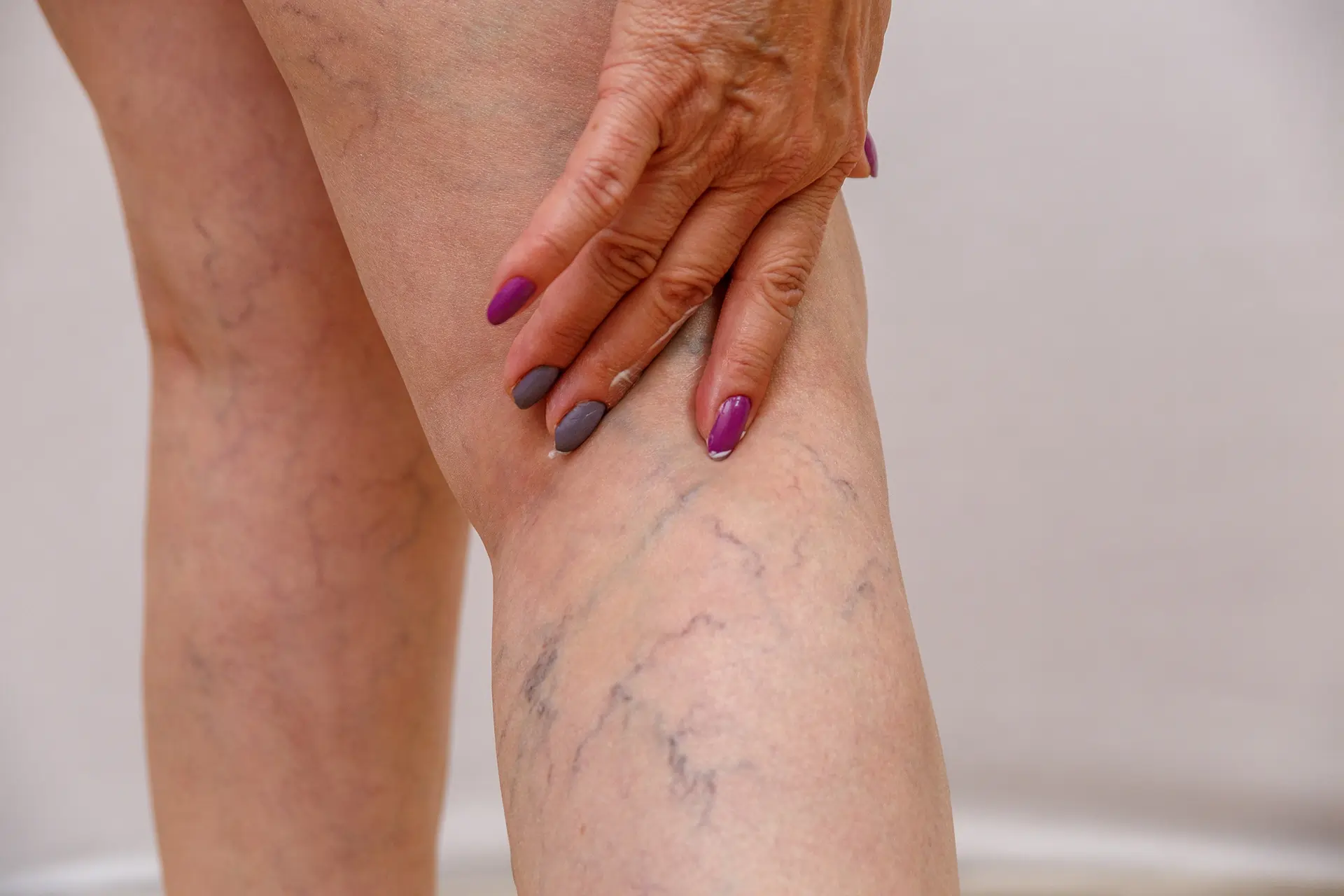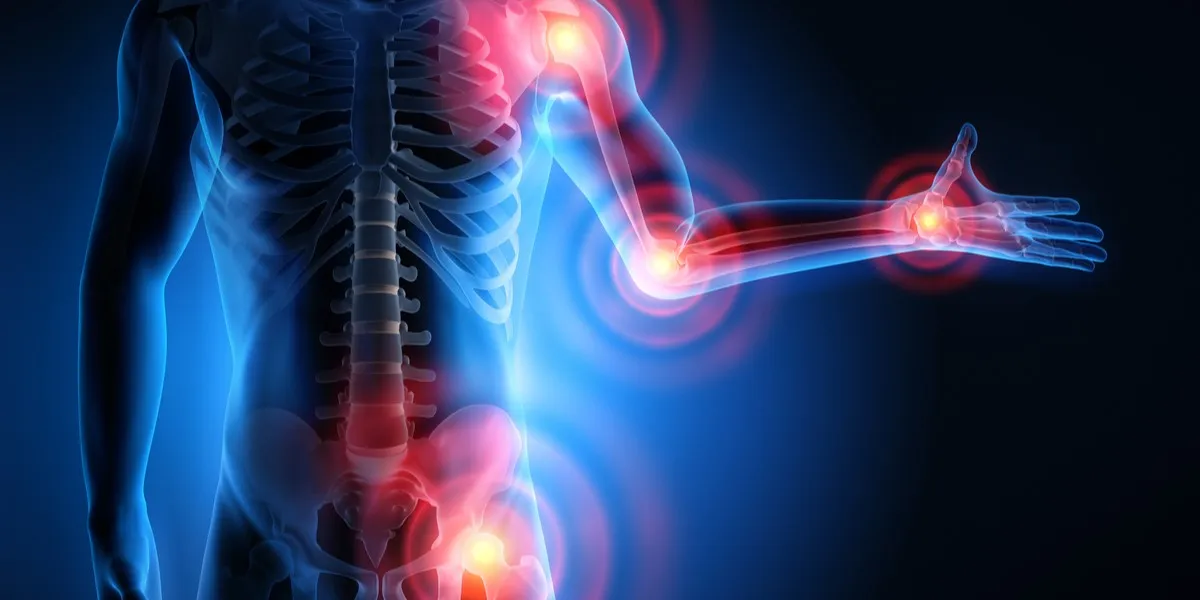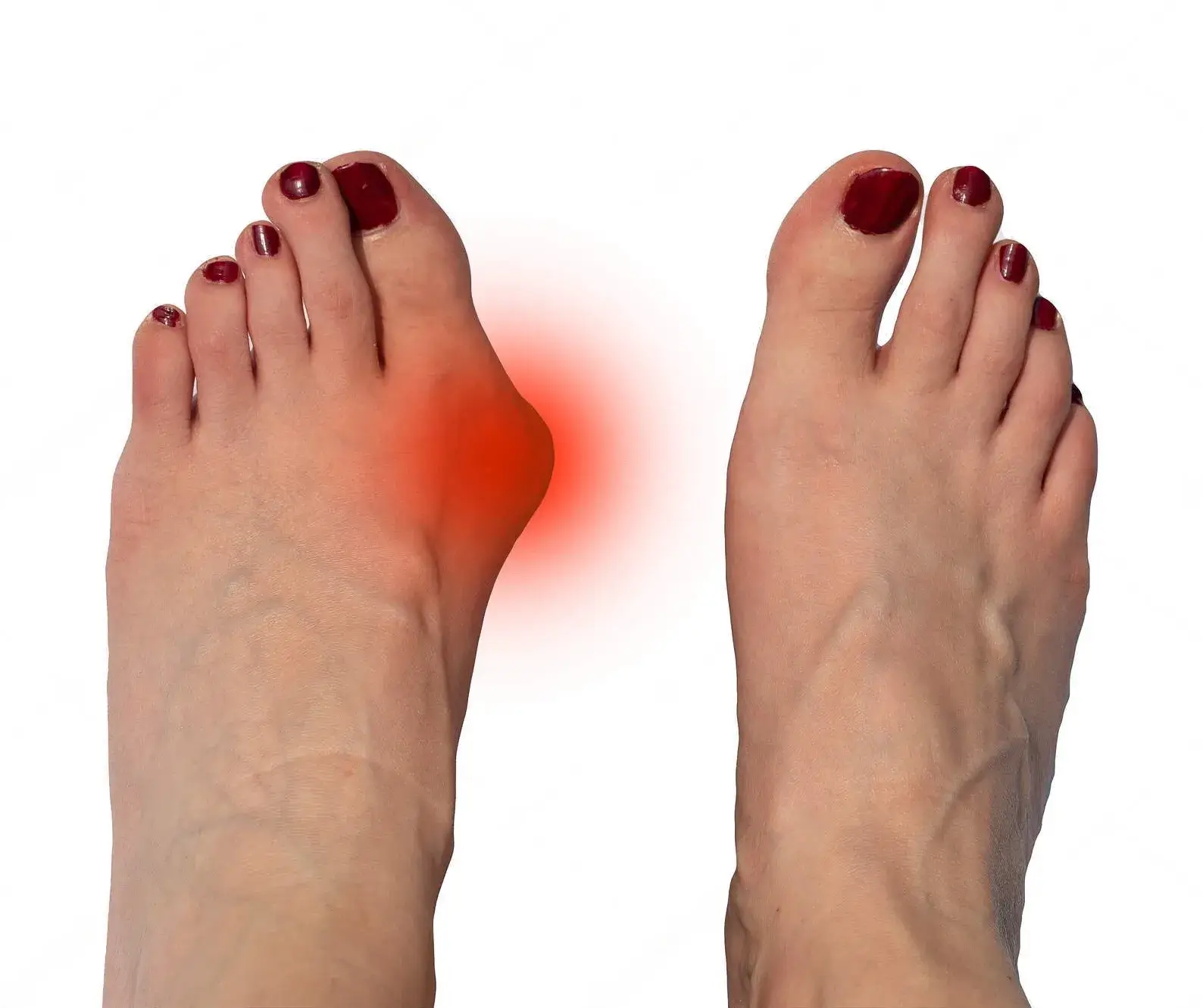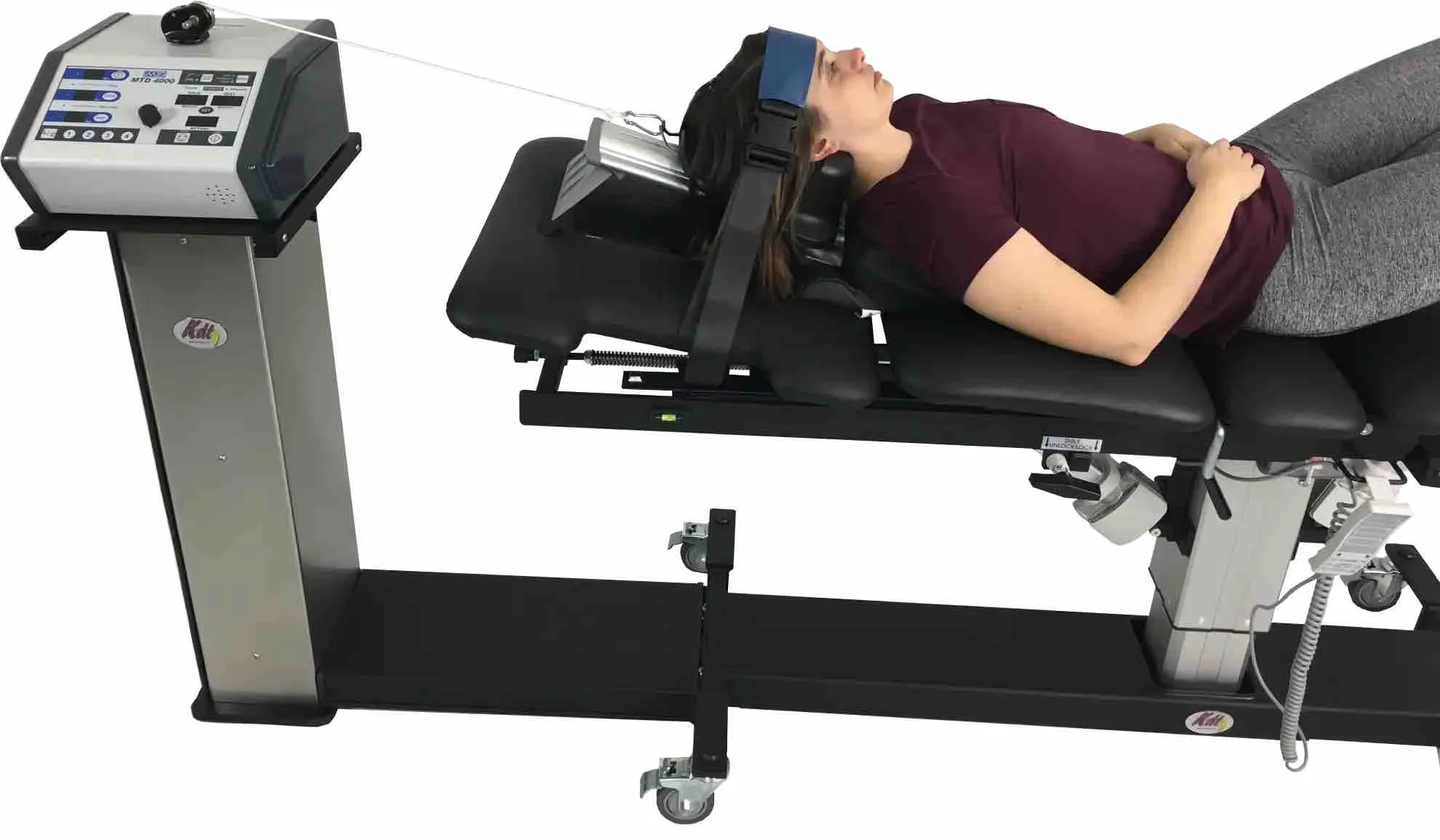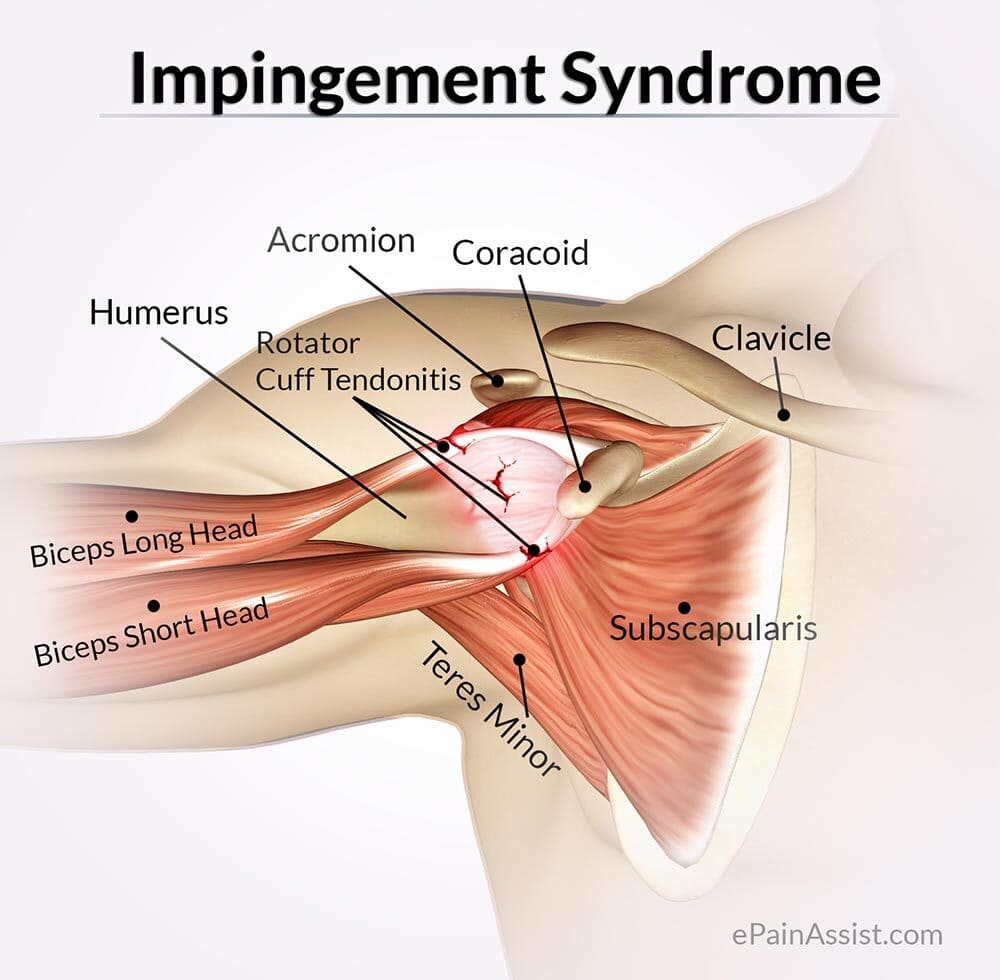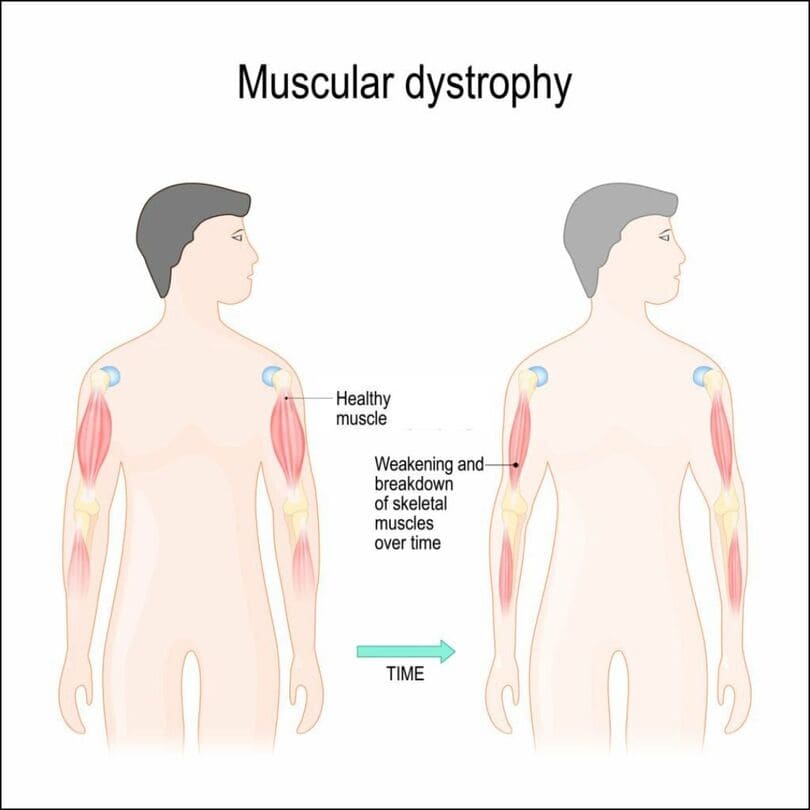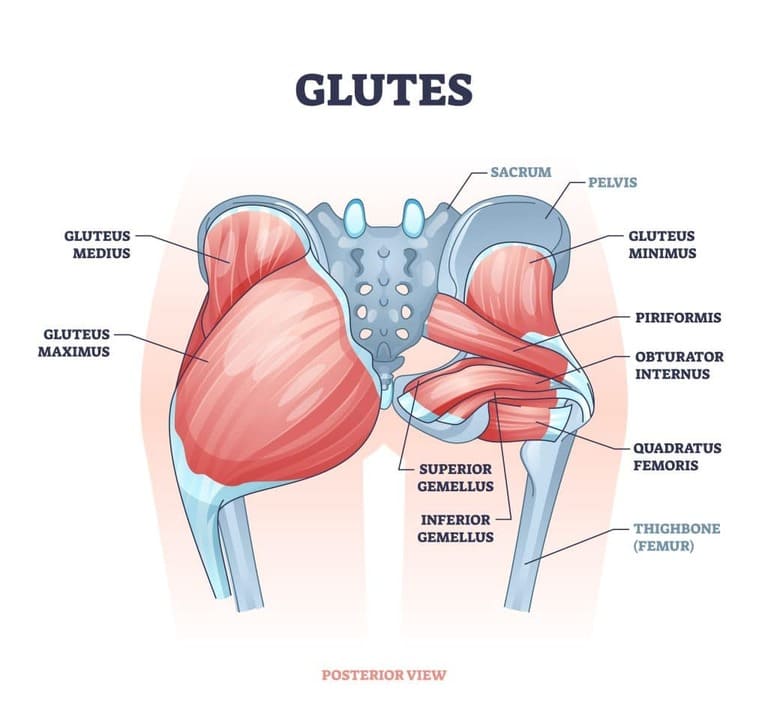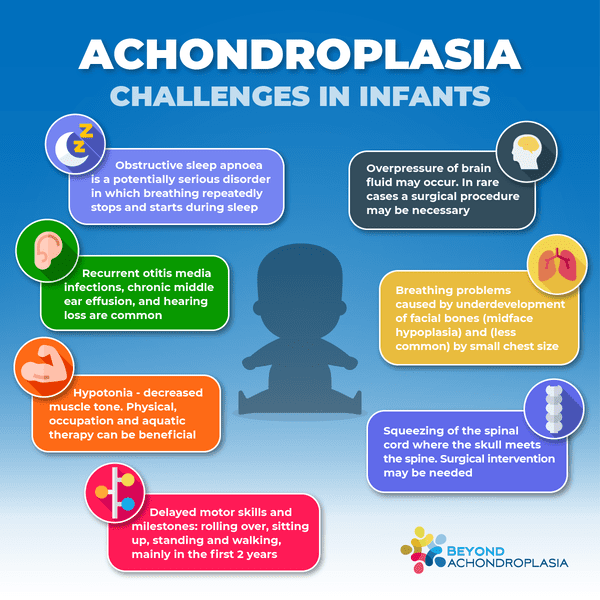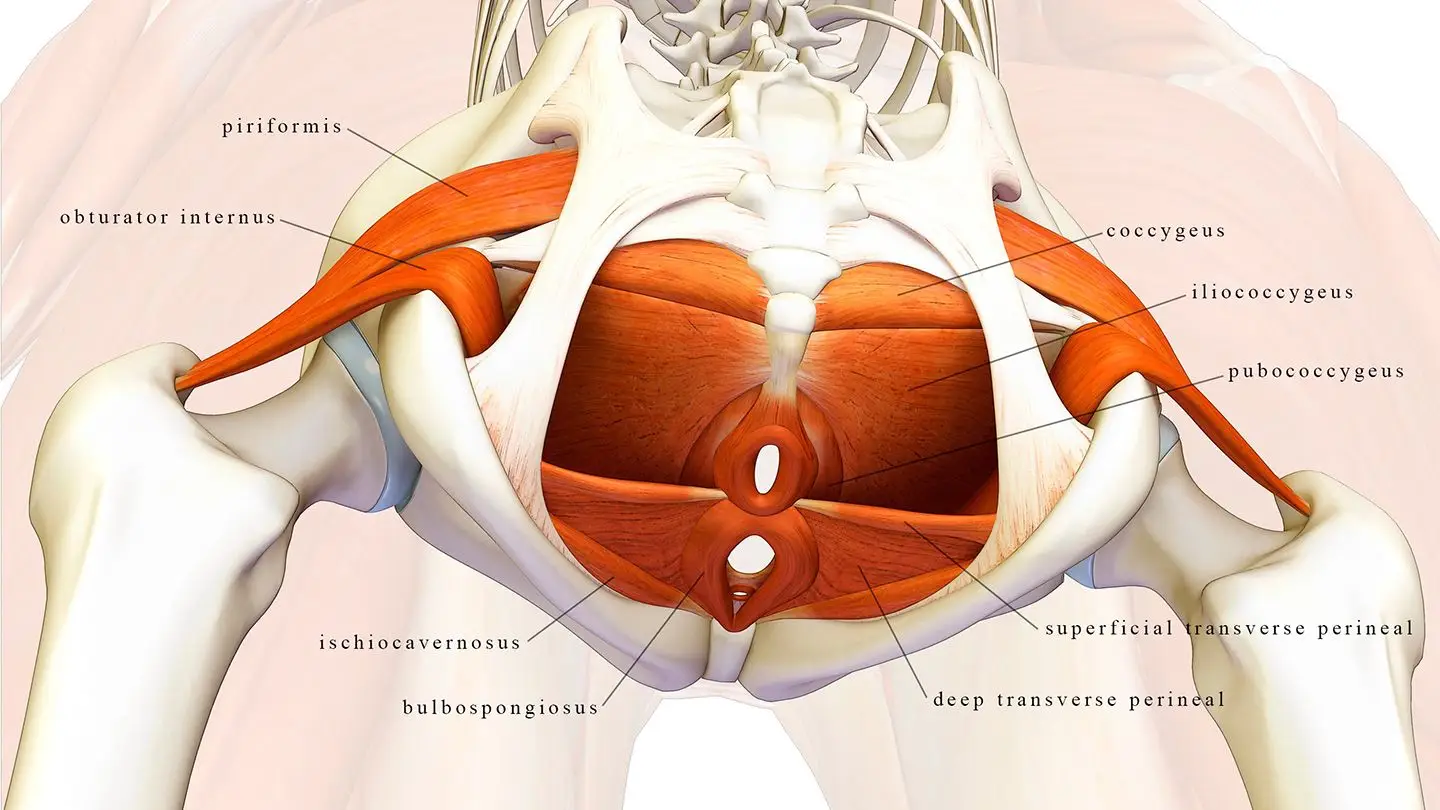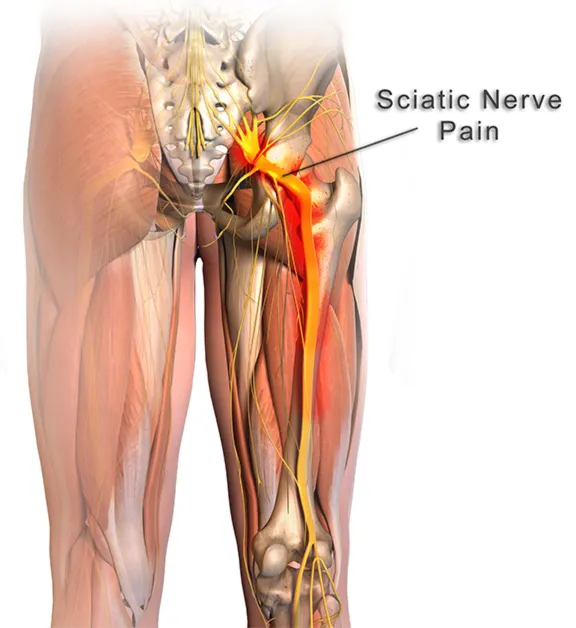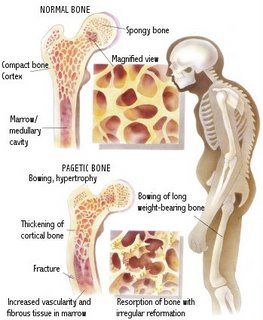
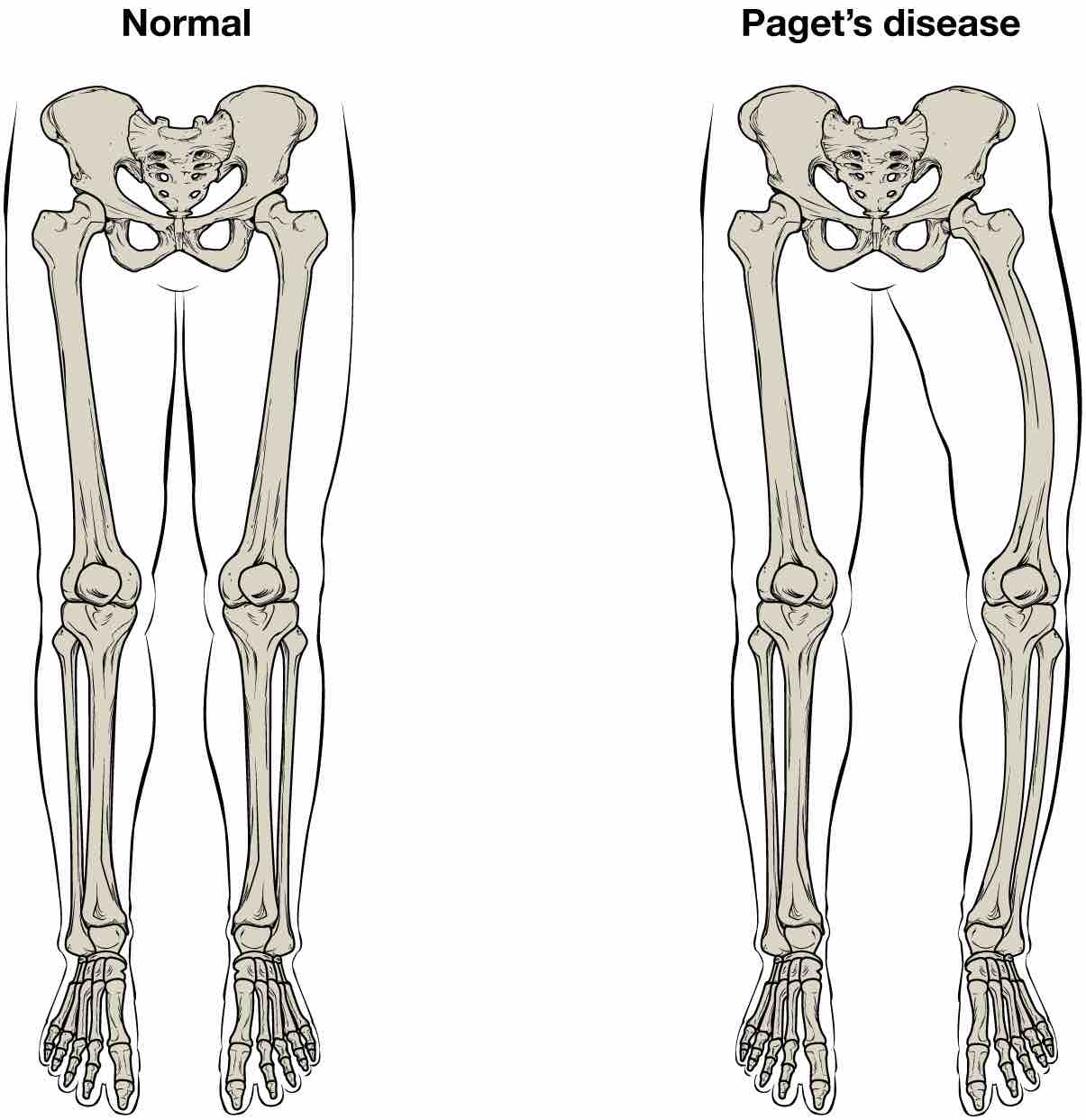
Overview
Paget’s disease of bone is a chronic skeletal condition that disrupts the normal bone remodeling process. In healthy bone, old tissue is replaced with new, strong bone. However, Paget’s disease causes this process to become imbalanced, resulting in abnormally shaped, weak, and brittle bones. It most commonly affects older adults, particularly those over 50, with a higher prevalence in men. Approximately 2% to 3% of people over 55 are affected.
This disease can impact any part of the skeleton, but the most common sites include the skull, spine, pelvis, thigh bone, shin, and upper arm. Paget’s disease of bone is distinct from the skin disease of the same name and requires specialized care to manage symptoms and maintain bone health.
Is Paget’s disease of the bone cancer?
Paget’s disease of bone (osteitis deformans) is a chronic condition that disrupts the normal bone remodeling process. In healthy bone, cells called osteoclasts absorb old bone while osteoblasts create new bone. In Paget’s disease, osteoclasts become overactive, leading to excessive bone absorption. Osteoblasts try to compensate by producing new bone rapidly, but this results in abnormally large, weak, and brittle bone with a haphazard structure. Unlike normal bone’s organized structure, affected bones resemble an irregular mosaic, making them prone to fractures, deformities, and bowing.
While Paget’s disease of the bone is not cancer, in rare cases (about 1% of patients, typically over 70), it can lead to a type of bone cancer called Paget’s sarcoma. This aggressive tumor causes severe, persistent pain and has a poor prognosis. Unfortunately, current treatments for Paget’s disease do not reduce the risk of developing Paget’s sarcoma.
It’s important to note that other conditions bearing the Paget’s name, such as Paget’s disease of the breast and Paget’s disease of the vulva, are unrelated. These conditions are forms of rare cancers affecting the nipple and vulva, respectively, and are distinct from Paget’s disease of bone.
Causes and Risk Factors of Paget’s Disease of Bone
The exact cause of Paget’s disease of bone remains unknown, but several risk factors increase the likelihood of developing this condition:
1. Genetics:
Paget’s disease tends to run in families, with 25% to 40% of cases having a hereditary link. If a close family member has had the disease, your risk significantly increases.
2. Age:
The disease rarely affects individuals under 40 and becomes more common with age.
3. Ethnicity and Ancestry:
Paget’s disease is more prevalent in people of Anglo-Saxon descent, particularly those from England, Scotland, Central Europe, and Greece. It is also common in countries with European heritage, such as the United States, Australia, and New Zealand. Conversely, it is rare in regions like Scandinavia, China, Japan, and India.
4. Past Illness:
A history of viral infections such as measles, respiratory syncytial virus (RSV), or paramyxovirus may increase the risk of developing Paget’s disease, although this link is not fully proven.
5. Environmental Factors:
Some studies suggest exposure to environmental factors, such as wood fire heating during childhood, might play a role. However, definitive evidence is still lacking.
Prevention and Bone Health Maintenance
While Paget’s disease cannot be prevented, maintaining a healthy lifestyle is crucial. Ensure a diet rich in calcium and vitamin D and engage in regular exercise to support skeletal health and joint mobility.
Symptoms and Signs of Paget’s Disease of Bone
Paget’s disease of bone, also known as osteitis deformans, often progresses silently, with many individuals unaware they have the condition. Symptoms, when present, can vary depending on the affected bones and typically worsen over time if untreated. Below are the key symptoms and complications associated with Paget’s disease:
Common Symptoms:
- Bone or Joint Pain:
Pain is the most frequent symptom and can stem from Paget’s disease itself or related complications, such as arthritis in adjacent joints. - Bone Deformities:
Advanced cases may result in an enlarged head, bowed arms or legs, or curvature of the spine. - Bone Fractures:
Weakened bones are more prone to fractures and breaks.
Localized Symptoms:
- Headaches and Hearing Loss:
These occur when Paget’s disease affects the skull, potentially leading to nerve compression. - Nerve Compression:
Enlarged bones can press on nearby nerves, causing numbness, weakness, or loss of movement in the affected area.
Rare Complications:
- Elevated Blood Calcium Levels:
In severe cases involving multiple bones, excessive calcium release can result in: - Fatigue
- Weakness
- Loss of appetite
- Abdominal pain and constipation
- Paget’s Sarcoma:
Rarely, Paget’s disease can progress to a malignant bone tumor called Paget’s sarcoma. This occurs in about 1% of patients, typically over age 70, and presents with severe, unrelenting pain in the affected area.
Diagnosis and Tests for Paget’s Disease of Bone
Diagnosing Paget’s disease of bone (osteitis deformans) can be challenging, as many patients experience no or mild symptoms. In most cases, the condition is discovered incidentally during routine X-rays or blood tests for other health concerns. Here’s how healthcare providers diagnose Paget’s disease:
Diagnostic Tests:
- Alkaline Phosphatase Blood Test:
Elevated alkaline phosphatase levels often indicate increased bone turnover, a hallmark of Paget’s disease. This blood test is frequently the first indicator of the condition. - X-rays:
X-ray imaging reveals the characteristic changes in bone structure caused by Paget’s disease. Early on, areas of overactive bone absorption may appear as dark spots or holes, progressing to denser, thicker bones with irregular shapes. - Bone Scan:
A bone scan detects active disease areas. During this test, a small amount of radioactive dye is injected into the bloodstream, highlighting affected bones as “hot spots” on the scan. This method is particularly useful for identifying the extent and severity of the disease. - Urine Tests:
Urine tests can show elevated markers of bone turnover, supporting the diagnosis. - Biopsy:
In rare cases, a bone biopsy may be necessary to confirm the diagnosis or rule out other conditions. A small bone sample is extracted, often under local anesthesia, and examined under a microscope.
Diagnostic Indicators:
- In early stages, X-rays may show areas resembling holes or a V-shaped pattern.
- Advanced stages display dense, thickened bones with irregular structures.
Early detection through these tests is crucial for effective treatment and management, helping to prevent complications such as fractures or deformities.
How Is Paget’s Disease Treated?
While there is no cure for Paget’s disease of the bone, treatment focuses on relieving symptoms, preventing complications, and improving quality of life. The choice of treatment depends on the severity of symptoms and the presence of complications.
Non-Surgical Treatments
- Bisphosphonate Medications:
Bisphosphonates are the first-line treatment for Paget’s disease. These medications slow down excessive bone turnover by inhibiting osteoclast activity, helping to strengthen bones and reduce pain. They can be administered orally or intravenously, depending on the patient’s needs. Blood tests, such as alkaline phosphatase levels, are monitored during treatment to track its effectiveness. - Pain Relief:
Nonsteroidal anti-inflammatory drugs (NSAIDs), such as ibuprofen or naproxen, help manage bone pain caused by Paget’s disease or associated arthritis. - Assistive Devices:
For bones affected by deformities or pain, canes, braces, or other assistive devices can help redistribute weight, improve alignment, and reduce fracture risk. - Diet and Supplements:
Maintaining healthy bones through a balanced diet with adequate calcium and vitamin D is essential. Supplements or dietary adjustments may be recommended, particularly for individuals with deficiencies. - Physical and Occupational Therapy:
Tailored exercise programs can improve mobility and strength while reducing stress on weakened bones. A physiotherapist or occupational therapist can guide safe and effective activities.
Surgical Treatments
Surgery is considered only in cases where complications arise, such as fractures, severe arthritis, or significant bone deformities. Common surgical procedures include:
- Internal Fixation:
Used to repair fractures, this procedure involves repositioning bone fragments and securing them with screws, plates, or pins. - Osteotomy:
This surgery corrects bone deformities and realigns weight-bearing joints, such as the knee or hip, to relieve pain and restore function. - Total Joint Replacement:
For severe arthritis in weight-bearing joints, damaged bone and cartilage are replaced with prosthetic implants. - Decompression Surgery:
When enlarged bones compress nearby nerves, particularly in the spine or skull, decompression surgery may be required. - Cancer Treatment:
In rare cases where Paget’s disease progresses to bone cancer (Paget’s sarcoma), surgery, chemotherapy, and radiation therapy may be used.
Conclusion
If you notice elevated alkaline phosphatase levels or X-ray results suggesting Paget’s disease, it’s crucial to seek evaluation from a healthcare provider. Early detection and intervention can significantly improve outcomes, especially since Paget’s disease often progresses without obvious symptoms.
At York Rehab Clinic, we emphasize the importance of understanding the risk factors—such as family history and age—especially if you’ve experienced bone fractures or arthritis symptoms. Identifying and addressing Paget’s disease early can prevent serious complications, ensuring you maintain healthy, strong bones and an active lifestyle. With timely treatment, most patients can lead normal, pain-free lives, and surgical interventions can effectively restore function if needed. Don’t hesitate to consult your healthcare provider if you suspect any signs of Paget’s disease.

